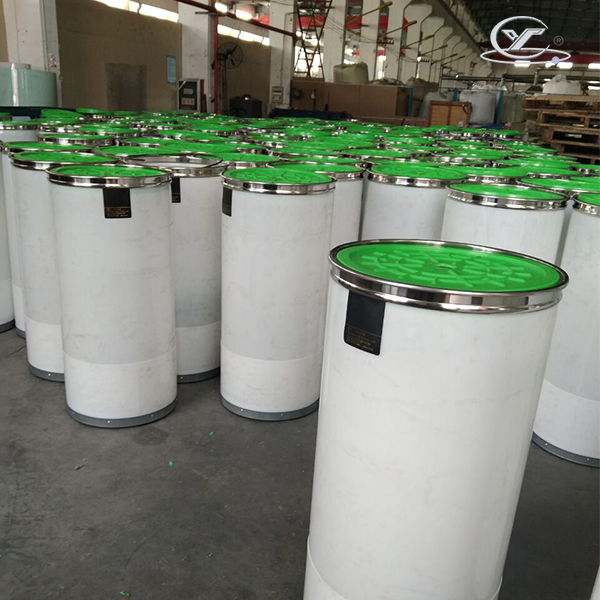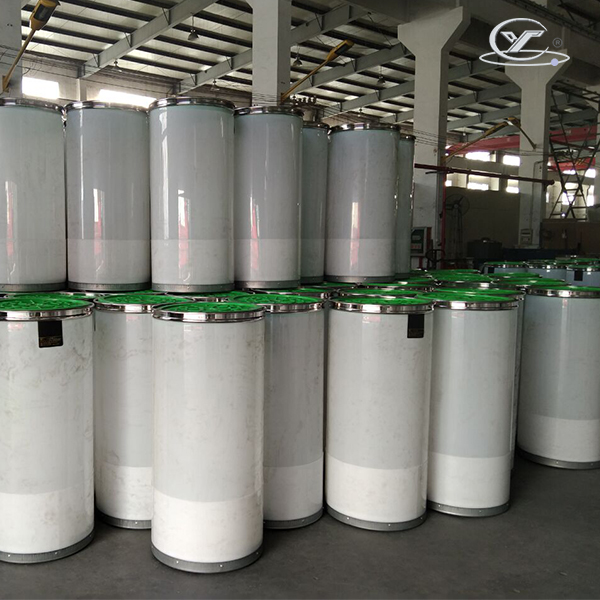In the textile industry, the manufacture and use of sliver cans are subject to a complex array of regulatory and compliance issues. The purpose of these standards is to guarantee environmental stewardship, safety, and quality throughout these vital component lifecycles. This article provides an overview of the regulatory landscape governing sliver cans, focusing on compliance with international safety standards and the implications for manufacturers and users.
Introduction to Sliver Cans and Regulatory Importance
Sliver cans are used extensively in the textile industry to store and transport fibrous material between production stages. Given their role, the materials and designs of sliver cans must not only be durable and efficient but also safe and compliant with various international standards. These standards are crucial in preventing workplace accidents, promoting environmental protection, and ensuring product quality.

Key Regulatory Bodies and Standards
Several international organizations set standards for industrial equipment like sliver cans. Key among these are:
- International Organization for Standardization (ISO): ISO provides guidelines that influence the design, testing, and use of industrial containers, including sliver cans.
- Occupational Safety and Health Administration (OSHA): In the United States, OSHA regulations are critical for ensuring that sliver cans do not pose hazards to workers.
- European Union (EU): The EU has stringent regulations on materials that come into contact with workers and on waste management, impacting sliver can design and material selection.
Compliance with Safety Standards
Safety standards focus primarily on the materials used in manufacturing and the structural integrity of sliver cans:
Material Safety:
- Regulations dictate the type of materials that can be used, particularly in terms of chemical composition and toxicity. For instance, certain plastics or composites might release harmful chemicals and are therefore regulated.
- The choice of material must also consider factors like fire resistance and potential hazards under extreme conditions.
Structural Design:
- Sliver cans must be designed to avoid causing injuries. This includes ensuring they have no sharp edges, are stable during use, and are ergonomically designed to prevent strain or injury to workers.
- Load-bearing standards ensure that sliver cans can safely carry the expected amounts of material without risk of collapse or tipping.
International Compliance
Manufacturers of sliver cans operating in or exporting to different countries must comply with a range of international standards:
- ISO 9001: This standard ensures that manufacturing processes meet international quality requirements, which is critical for manufacturers looking to export sliver cans.
- CE Marking: Sliver cans sold within the European Economic Area (EEA) are required to display the CE marking, signifying that they meet the established health, safety, and environmental protection standards.
Adherence To Environmental Standards
Environmental regulations affect how sliver cans are manufactured, used, and disposed of:
- Recycling and Waste Management: Regulations may dictate the recyclability of materials used in sliver cans or set guidelines on how to dispose of them at the end of their life cycle.
- Emission Controls: The production process for materials used in sliver cans, such as plastics or metals, is subject to regulations aimed at reducing emissions and minimizing environmental impact.
Implications for Manufacturers
Manufacturers must navigate these regulatory waters carefully:
- Compliance Costs: Adhering to strict standards can increase production costs due to the need for higher-quality materials, advanced design and testing, and certification processes.
- Product Development: Regulations influence the research and development of new sliver can designs, pushing manufacturers towards innovations that comply with the latest safety and environmental standards.
Future Trends in Regulatory Compliance
Regulatory regimes are always changing and frequently become more stringent. Future trends might include:
- Greater Emphasis on Sustainability: As environmental issues gain importance, manufacturers might face increased pressure to use sustainable materials and reduce the carbon footprint of their production processes.
- Technological Integration: Advanced technologies, such as IoT sensors, could be required to monitor the condition and use of sliver cans, ensuring they remain within safe operational parameters.
Conclusion
Navigating the regulatory and compliance landscape for sliver cans is complex but essential. Manufacturers and users must stay informed about current and upcoming regulations to ensure compliance and avoid penalties. Moreover, adherence to these standards guarantees that the industry not only meets legal requirements but also advances in terms of safety and environmental responsibility, thereby fostering sustainable industrial practices.

